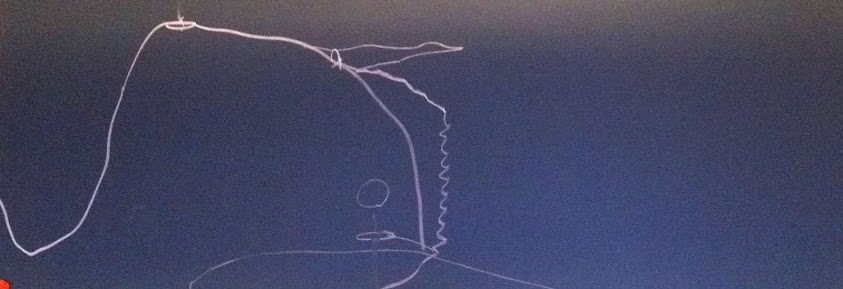Chill Survive researchers, curators, and artists explore, learn, integrate, mediate, and cope with the future transformations in the Arctic region . We aim to learn from the human/non-human entanglements that living on this planet entail and hope to address our current global crisis by kindly asking the soil, turf, micro-organisms, animals, fungi, and plants in the Arctic: please teach us and mediate your experiences and life processes to our limited human sensory equipment and our lacking emotional and intellectual register. Thank you!
Singing for Lead A call to sing a spell for Lead: a collaboration with Viennese singers Rehearsals: three weekdays in November Final Event: 25th of November at 7PM Contact piuska@mac.com for more information According to Finnish healer-traditions the place of Lead is in the depths of the Earth, where it cannot poison living organisms and wreak havoc on nerve cells. However, Lead has been dug up to the surface by us humans - to serve our industrial and economic - even belligerent - motives. Lead is a preferred metal in bullets, due to its density and stability in heat. In the act of shooting, a shooter inhales lead particles and eventually develops lead poisoning. A visible symptom of lead poisoning is aggression. War breeds war. On the 25th of November, as final event, during the Vienna Week, the singers will sing at a public site in Vienna of their choosing and in relation to local history of violence and war. Singing for Lead in Central Park, Maunula, Helsinki. I
